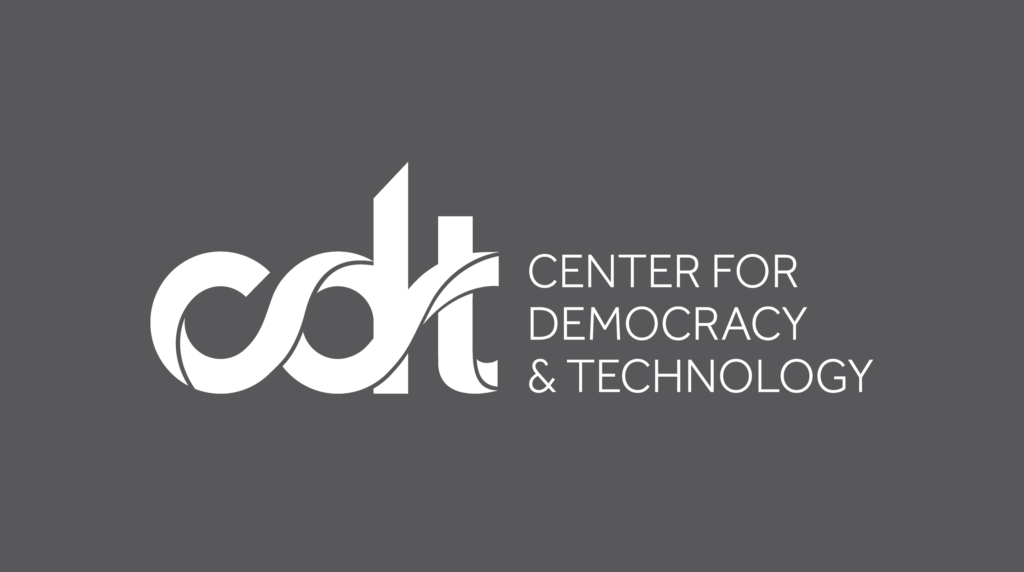CDT Research, Elections & Democracy, Free Expression
Women of Color Political Candidates in the US Endure Most Severe Online Abuse, Mis- and Disinformation
Mis- and disinformation continues to be a major issue across society, including in elections. CDT and others have examined the problem in the context of voter suppression in the U.S., non-English languages, and across different election systems. As we have noted before, and as others have also argued, mis- and disinformation is often designed to exploit existing lines of discrimination within society such as race and gender.
In fact, mis- and disinformation is combined with online abuse and harassment to target specific individuals and communities including communities of color, women of color, and women of color politicians. These groups are often overlooked in most policy discourse about mis- and disinformation, and while there is some research on women politicians and women of color politicians, more research is still needed.
To help address this problem, we just completed a research project examining the scale and impact of mis- and disinformation on women of color political candidates. We first wanted to test the hypothesis that women of color political candidates are more likely to be subject to mis- and disinformation and online abuse compared to other types of candidates.
Using a content analysis of a random selection of tweets during the 2020 election period that were in response to, or mentioned one of, a representative sample of all candidates that ran for Congress, we coded for a range of categories including mis- and disinformation and many types of abuse.
Some of our key findings include:
- Women of color candidates were twice as likely as other candidates to be targeted with or the subject of mis- and disinformation;
- They are the most likely to be the target of particular forms of online abuse, including sexist abuse (as compared to white women), racist abuse (as compared to men of color), and violent abuse (four times more than white candidates and two times more than men of color); and
- Women of color candidates were the most likely to be targeted with, or the subject of, posts that combined mis- and disinformation and abuse.
One potential implication of these findings is that mis- and disinformation and abuse create an additional barrier that discourages women of color from entering representative politics, which is particularly concerning given that they are already under-represented in many legislative bodies including Congress.
To further explore this possibility, we sought to examine the impacts of mis- and disinformation and online abuse of women of color political candidates. To do that, we conducted semi-structured interviews with women of color political candidates who ran in 2020 along with their campaign staff. The interviewees described the trauma and the ways in which the online abuse and mis- and disinformation impacted them and their teams.
They felt that the severity of the abuse and mis- and disinformation was meant to get them to internalize the abuse directed toward them, to accept the oppression they face as women of color, and to drop out of politics. The attacks they faced were also targeted at the multiple different identities they held, including their immigrant status, parental status, age, etc. Despite these attacks, several of them remain in representative politics and shared how they and their teams managed to cope.
Our report also includes several recommendations aimed at how social media companies can do more to address the problems of mis- and disinformation and abuse against women of color political candidates, such as providing greater clarity and enforcement of their policies, and greater transparency through sharing data with independent researchers. In line with what the women of color candidates told us, we also suggest that political parties can do more to support them including by providing appropriate training and resources. Finally, we note a lot more research is needed in this area.
To support that latter point, we also published the content analysis codebook we used in this project. We hope that others may find it useful in doing related research. Given the scale of the content analysis exercise in particular (we manually coded over 100,000 tweets over a few months with a team of 10 coders), we developed an online platform to manage that process. The code for this platform is available on GitHub, and again we hope that this can encourage more research in such a critical area.


